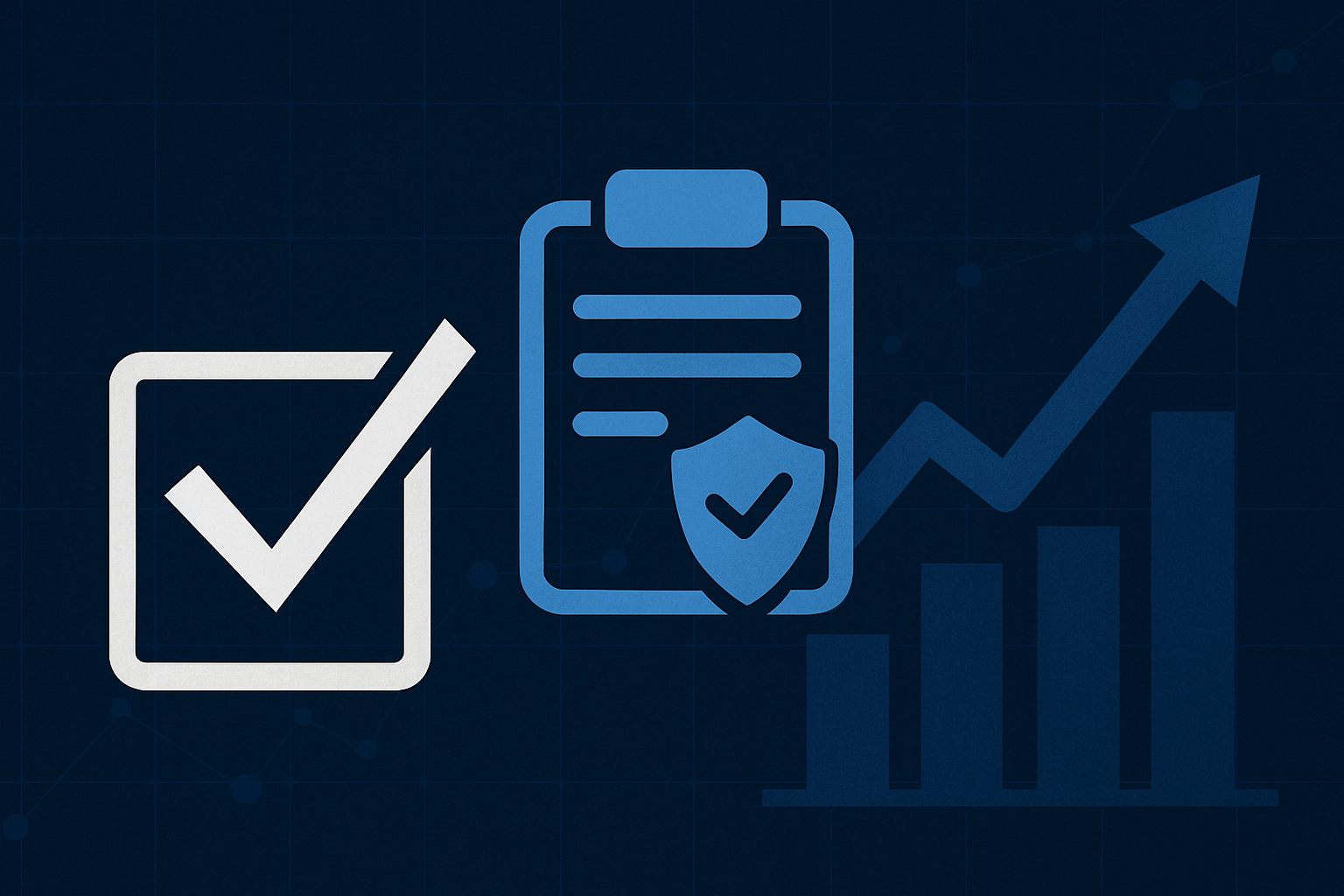In security today, we see a significant shift towards identity-first security because perimeter-bound measures fall short in a perimeter-less business world. This methodology assumes the user is the ultimate arbiter of trust and that if we can ensure that trusted individuals alone access key resources, the overall level of cybersecurity will improve.
The concept of identity-first security goes hand in hand with a Zero-Trust approach. Just because advanced authentication and authorization methods have verified that the user is who they say they are, it doesn’t mean that person will always have an unfiltered level of access across all accessible resources, even those that they are permitted to access.
As the digital realm grows, organizations today grapple with identity management issues across an ever-expanding attack surface, an influx of SaaS applications and devices, and, of course, the cloud. It is, therefore, important to understand the key role identity-first security can play in minimizing the operational security burden and changing how organizations think about enhancing their security posture.
What’s In a Name? The Dangers of Identity-Based Attacks
Identity-first security is a modern approach to cybersecurity that considers the user’s identity as paramount to ensuring the safety of systems and resources. Way over half of cyber incidents are caused by insider threats, and credential abuse was the leading attack vector, according to the latest Verizon Data Breach Investigations Report, with over one in five breaches (22%) attributable to it. Notably, breaches originating with stolen or compromised credentials take the longest to contain, making identity-based incidents all the more threatening.
In fact, 60% of all cybersecurity incidents across the world last year were caused by identity-based attacks. The leading targets? Active Directory and cloud APIs.
The writing on the wall is clear: for organizations that want to make the most of their security dollars and put their limited resources to the best use, doubling down on identity-first security can cut back as many as six in ten attacks.
Common Challenges to Identity-First Security
While eliminating identity-based security threats may be the goal, many organizations get confused about how to accomplish it, especially within their unique environments.
There are many types of organizations for which on-premises login needs will never go away. Critical infrastructure is foremost among them, opting for the natural air gapping that on-premises logins and resources provide. And then companies that must maintain high availability often choose to have an on-premises IAM solution on hand in case there is ever an internet outage and business continuity is threatened.
Finally, cloud-first models (as many as 85%) need powerful identity and access management platforms to hit the ground running and secure slippery cloud identities for users, suppliers, partners, and administrators alike. For these use cases, many look for cloud-based IAM platforms that can control access to all apps on a single pane of glass.
The majority of companies today use a mixture of both cloud-based and on-premises resources. According to Gartner predictions, as many as 90% of all organizations will adopt a hybrid cloud approach by 2027. This in itself makes the issue of verifying identities twice as difficult for already busy organizations. There are hybrid IAM solutions that seamlessly integrate both cloud and on-premises authentication models, with end-users using the same authenticator across both applications.
Having an identity-first security model in 2025 means more than just thinking that verified identities are important, even integral. It means backing that mantra up with the right tools that put identity and access management at the forefront, no matter the environment and across every instance.
Use Case – Candidate Fraud: The Hidden Identity Risk
Identity-first security doesn’t start at login—it begins at recruitment.
One emerging risk area that underscores the need for identity-first thinking is candidate fraud. According to recent insights from Gartner, organizations increasingly face the threat of hiring individuals who falsify their identities, particularly in remote-first environments. These candidates may use:
- Stolen or fake ID documents,
- Deepfake-generated video or voice interviews, and
- Masked geolocation to bypass restrictions, sometimes even working from sanctioned countries.
Traditional background checks and employment verifications often fall short, as they rely heavily on candidate-provided data and occur late in the hiring process, well after fraud can do its damage.
Candidate fraud isn’t just an HR concern—it poses a significant cybersecurity, compliance, and IP risk. A fraudulent hire could:
- Gain unauthorized access to internal systems,
- Steal or compromise sensitive data,
- Jeopardize regulatory compliance in highly regulated industries.
Identity-first security, when extended to pre-employment identity verification, becomes the first line of defense in a multi-layered approach that spans hiring, onboarding, and ongoing access controls. Incorporating automated, AI-powered identity verification at the start of the employee lifecycle is an essential first step to ensuring trust before access is ever granted.
Identity-First Security, Zero Trust, and the Final Frontier
It is also important to note that identity-first security extends beyond just “who” is trusted and into the realm of “for how long?” Just-in-time (JIT) access (included in many cloud IAM models) ensures that users – even verified ones – can access sensitive resources for only the amount of time they need. This leads into secrets management, in which JIT access is used to limit the exposure of sensitive identity-based secrets like passwords, encryption keys, and tokens.
The underlying premise of a zero-trust security model is that nothing is given “free” trust for any reason or at any time. While clamping down on identities is important, so is being critical about how long an individual can walk around with unquestioned access. The longer that a user can access sensitive resources, especially when not in use, the more likely they are to present an open window for perusing attackers to exploit.
With more than six in ten cybersecurity incidents across the board attributable to identity-related attacks, identity is becoming the foundation of Zero Trust as well as the battleground upon which most critical security battles are fought. It simply cannot be an unexplored frontier. As organizations look for the most efficient, effective, and powerful ways to push back attacks across any environment, an identity-first security stance must be part of the equation.
- Identity-First Security: The Ultimate Frontier of Cyber Space - June 17, 2025



